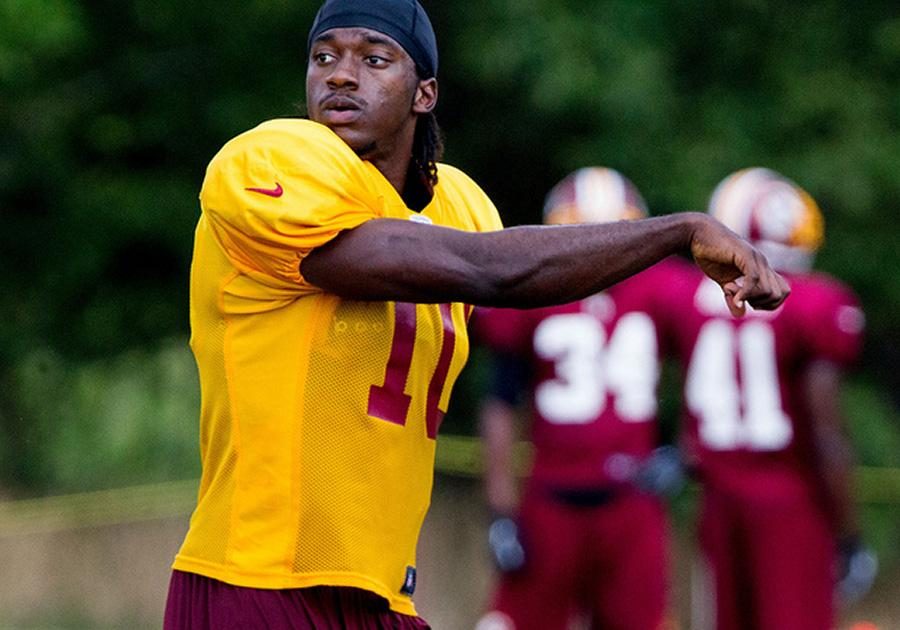Rookies’ salaries problematic
December 2, 2014
No matter how wrong it may seem to some, sports are a multi-billion dollar entity in the United States and around the world. Sports and sports media rely on star players to sustain the entertainment of competition, which is why athletes aged 18, 19 and 20 sign contracts worth millions of dollars to simply play a game. These contracts bring with them certain risks, as young people are given instant fame and fortune — two things that can destroy a person’s mental stability.
It is especially risky to give young athletes fame and fortune for something that they have always played voluntarily. Perhaps, with the way parents pressure their children and the way children often play sports just to be accepted to college, voluntarily is not always the right word. After going through the early years of their lives, athletes are now receiving astronomical compensation for something they have always done as amateurs, which is an important distinction to draw. When athletes become professionals, it takes a significant amount of time for them to lose their amateur tendencies. They have spent 14 years, give or take, playing as amateurs. It is reasonable to think it could take them at least half that time to become complete professionals.
When a team chooses a player in the draft, in any sport, it is taking a huge gamble, hoping that the player will not hit a wall that many have hit before. Rookie top pick Sam Bradford inked a contract to the tune of $50 million in 2011. While he had a solid rookie year, he has gone down with the same knee injury in two straight seasons. Previously, Chargers quarterback Ryan Leaf was taken second overall and ended up as a glorified clipboard holder as he rode the bench for the remainder of his career, never translating his raw talent to production on the field. The NFL is not the only league to see this pattern. Major League Baseball has dozens of misses every year, specifically with pitchers due to injury. The NBA, a league of guaranteed contracts that often end up paying players well past their window of contribution, has its fair share of busts as well. Players like Darko Milicic and Kwame Brown are just two of the players that live in basketball infamy.
Despite all the scouting methods teams have, all the film they watch and all the numbers they crunch, we still see players flame out. Robert Griffin III is saddled to the bench for the Washington Redskins, where just three years ago he saw the organization clean house just to have the chance to draft him. Washington is starting Colt McCoy over him, who was an overachieving college quarterback with a slightly below average physical skill set. His situation is just another example of how preemptive thinking can land an organization in some hot water. Doctors and EMTs are often paid in a year what big-time professional sports players make in a day. It is even harder to justify paying unproven rookies this much, especially when there is a high incidence of these players falling flat on their faces.
A version of this article appeared in the Dec. 2 print edition. Email Bobby Wagner at [email protected].













































































































































